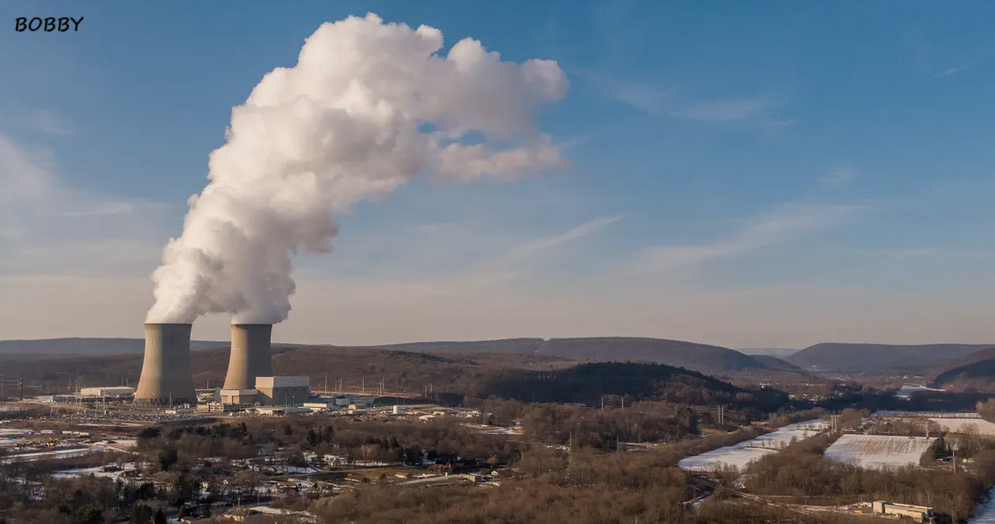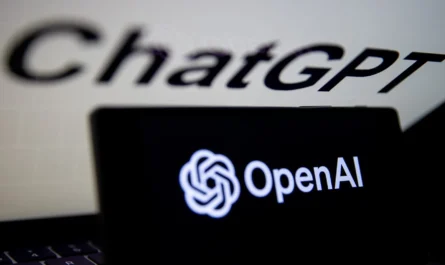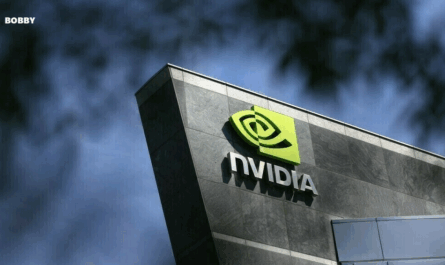In a significant setback for Big Tech infrastructure plans, the Federal Energy Regulatory Commission (FERC) has blocked a revised interconnection agreement that would have allowed an Amazon data center to connect directly to a nuclear power plant in Pennsylvania. The facility, located on the grounds of Talen Energy’s Susquehanna nuclear plant, was intended to support Amazon’s growing data processing demands, particularly for generative AI operations.
According to the FERC’s ruling, the proposed expansion raised concerns about public costs and overall grid reliability. The commission emphasized that integrating a massive data center directly into an existing nuclear facility could create multifaceted issues that would strain the regional power infrastructure. The decision was detailed in a filing released on Friday, as reported by Reuters.
This case highlights the broader challenge Big Tech companies face in addressing the enormous energy requirements of modern AI workloads. Data centers, particularly those supporting AI training and inference, require unprecedented levels of electricity. While co-locating these centers near existing power plants is an appealing strategy due to the potential for direct access to high-capacity energy, regulatory and technical obstacles remain significant.
Why the FERC Decision Matters
FERC’s ruling demonstrates that energy regulators are increasingly scrutinizing proposals that could impact both the reliability of the electrical grid and the costs borne by consumers. Data centers have become enormous power consumers, with large-scale AI operations demanding consistent, high-capacity electricity. A direct connection to a nuclear power plant might have seemed like an efficient solution, but the commission concluded that the potential risks outweighed the benefits.
Commissioner Mark Christie noted that “multifaceted issues” arise when co-locating data centers at nuclear facilities. In this case, the additional load from Amazon’s planned data center would require significant redistribution of the grid’s resources. This could create operational vulnerabilities and potentially increase costs for other electricity consumers. Christie emphasized that these challenges are particularly acute in regions where the grid infrastructure must balance nuclear, renewable, and traditional power generation.
Diverging Opinions Within FERC
Although the majority of FERC commissioners voted to block the interconnection deal, there was not unanimous agreement. Willie Phillips, the chairman, expressed strong reservations about the decision. He abstained from the vote, arguing that denying the project could hinder U.S. competitiveness in the global AI sector.
Phillips’ concerns reflect a tension between energy regulation and technological advancement. While ensuring grid stability and protecting consumers is paramount, the energy needs of AI-driven enterprises are increasing at a rapid pace. Companies like Amazon, Microsoft, and Google are all investing heavily in AI infrastructure, with power consumption growing exponentially as model sizes increase.
The debate underscores a critical policy challenge: how to enable technological innovation without compromising energy reliability or increasing costs for the public. Direct connections to power plants may offer speed and efficiency, but regulators are tasked with evaluating the broader implications for national energy stability.
The Appeal and Challenges of Co-Locating Data Centers
Locating data centers near existing power generation facilities offers several potential advantages. Direct access to electricity can reduce transmission losses and improve energy efficiency. For AI workloads, which can require hundreds of megawatts for large-scale model training, this is particularly attractive.
However, FERC’s decision illustrates the potential pitfalls. Integrating a high-demand data center into a nuclear facility involves complex technical and logistical challenges. Grid operators must ensure that the plant can reliably supply the new load without destabilizing supply to other consumers. Upgrades to distribution networks may be required, and the associated costs can be substantial.
Furthermore, nuclear plants operate under strict safety and operational protocols. Any additional load must be carefully managed to avoid disrupting plant operations or triggering safety risks. These considerations often make co-location more complicated than initially anticipated.
Big Tech and the Energy Challenge
Amazon’s proposed Pennsylvania data center is part of a broader trend of Big Tech companies seeking to meet the enormous energy demands of AI infrastructure. Generative AI, in particular, requires massive computational power. Training a single large-scale model can consume as much electricity as thousands of homes over a year.
Companies are exploring multiple strategies to manage these demands, including:
-
Renewable Energy Integration: Investing in wind, solar, and hydroelectric projects to offset carbon footprints and supply data centers sustainably.
-
Data Center Optimization: Using advanced cooling systems, energy-efficient processors, and AI-driven power management to reduce energy consumption.
-
Strategic Location Planning: Locating data centers near existing energy infrastructure to reduce transmission losses and secure high-capacity electricity.
-
Battery Storage and Grid Management: Implementing on-site storage solutions to balance load and ensure continuous operations during peak demand periods.
Despite these efforts, regulatory constraints such as FERC’s ruling can limit how directly data centers can access certain types of power generation, particularly nuclear.
Implications for AI Infrastructure
The rejection of Amazon’s plan serves as a cautionary tale for AI companies seeking direct connections to high-capacity energy sources. It highlights the necessity of balancing speed, efficiency, and regulatory compliance. While direct access to nuclear power could have accelerated AI workloads and reduced costs, ensuring grid stability and avoiding public cost increases remains the priority for regulators.
This case also underscores the importance of long-term energy planning. As AI workloads continue to grow, companies may need to collaborate with regulators, utilities, and policymakers to design infrastructure that is both powerful and compliant. Innovations in energy storage, smart grids, and distributed computing may become increasingly important.
The Road Ahead
FERC’s decision may push Amazon and other tech giants to explore alternative solutions. Options include expanding renewable energy partnerships, investing in advanced energy storage, and improving energy efficiency within existing data centers. Additionally, distributed data center networks—spread across multiple locations—could reduce reliance on a single high-capacity source while maintaining AI computational capabilities.
Ultimately, the challenge lies in balancing innovation and energy responsibility. Generative AI and cloud computing represent enormous opportunities, but they also demand careful planning to ensure sustainable, reliable, and cost-effective energy use.
Conclusion
The Federal Energy Regulatory Commission’s rejection of Amazon’s nuclear data center plan highlights the complexities of powering modern AI infrastructure. While connecting data centers to existing power plants offers potential advantages, grid reliability, public cost, and regulatory compliance are critical considerations.
As Big Tech continues to expand AI operations, companies must navigate an increasingly complex energy landscape, exploring renewable energy, distributed computing, and energy-efficient technologies. FERC’s ruling serves as a reminder that innovation must be harmonized with the stability and safety of the national power grid.
The future of AI-driven infrastructure will require collaboration between technology companies, energy providers, and regulators to ensure sustainable growth without compromising the reliability of the power system.




